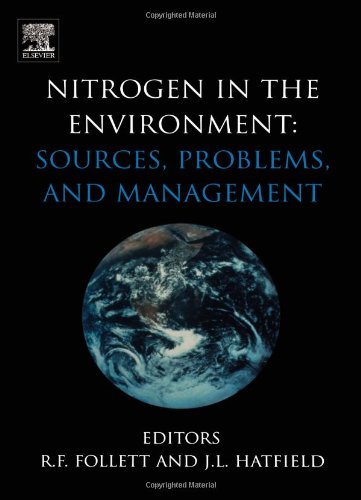

Most ebook files are in PDF format, so you can easily read them using various software such as Foxit Reader or directly on the Google Chrome browser.
Some ebook files are released by publishers in other formats such as .awz, .mobi, .epub, .fb2, etc. You may need to install specific software to read these formats on mobile/PC, such as Calibre.
Please read the tutorial at this link: https://ebookbell.com/faq
We offer FREE conversion to the popular formats you request; however, this may take some time. Therefore, right after payment, please email us, and we will try to provide the service as quickly as possible.
For some exceptional file formats or broken links (if any), please refrain from opening any disputes. Instead, email us first, and we will try to assist within a maximum of 6 hours.
EbookBell Team

4.8
94 reviewsNitrogen is one of the most critical elements required in agricultural systems for the production of crops for feed, food and fiber. The ever-increasing world population requires increasing use of nitrogen in agriculture to supply human needs for dietary protein. Worldwide demand for nitrogen will increase as a direct response to increasing population. Strategies and perspectives are considered to improve nitrogen-use efficiency. Issues of nitrogen in crop and human nutrition, and transport and transformations along the continuum from farm field to ground water, watersheds, streams, rivers, and coastal marine environments are discussed. Described are aerial transport of nitrogen from livestock and agricultural systems and the potential for deposition and impacts. The current status of nitrogen in the environment in selected terrestrial and coastal environments and crop and forest ecosystems and development of emerging technologies to minimize nitrogen impacts on the environment are addressed. The nitrogen cycle provides a framework for assessing broad scale or even global strategies to improve nitrogen use efficiency. Growing human populations are the driving force that requires increased nitrogen inputs. These increasing inputs into the food-production system directly result in increased livestock and human-excretory nitrogen contribution into the environment.
The scope of this book is diverse, covering a range of topics and issues from furthering our understanding of nitrogen in the environment to policy considerations at both farm and national scales.